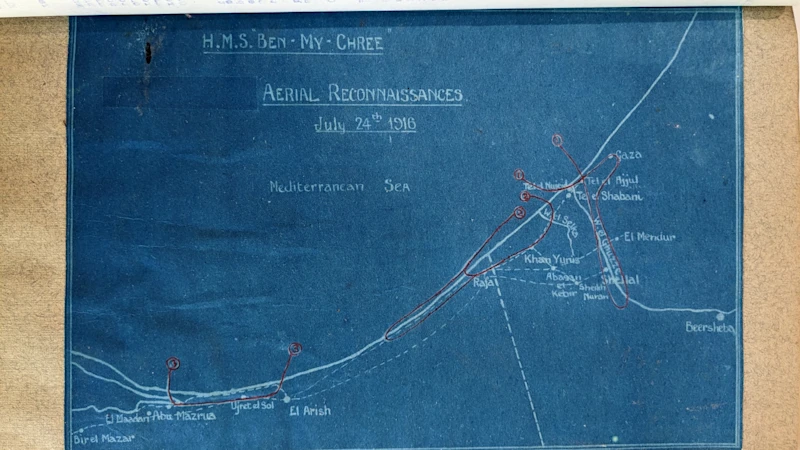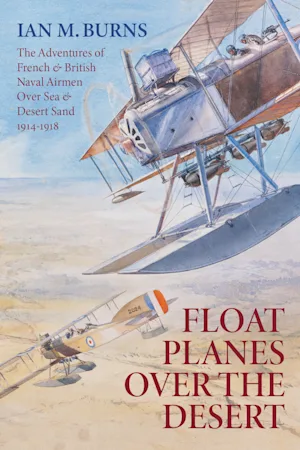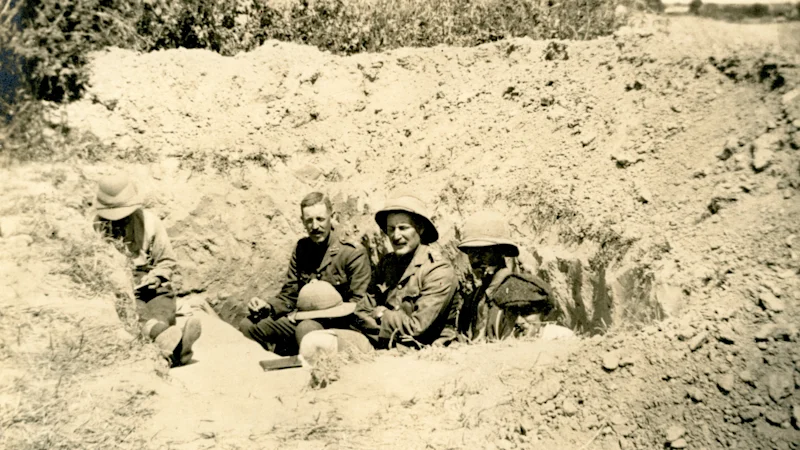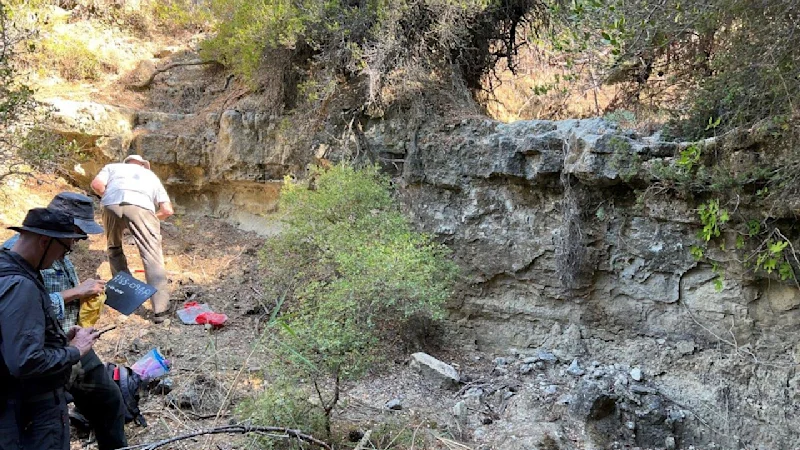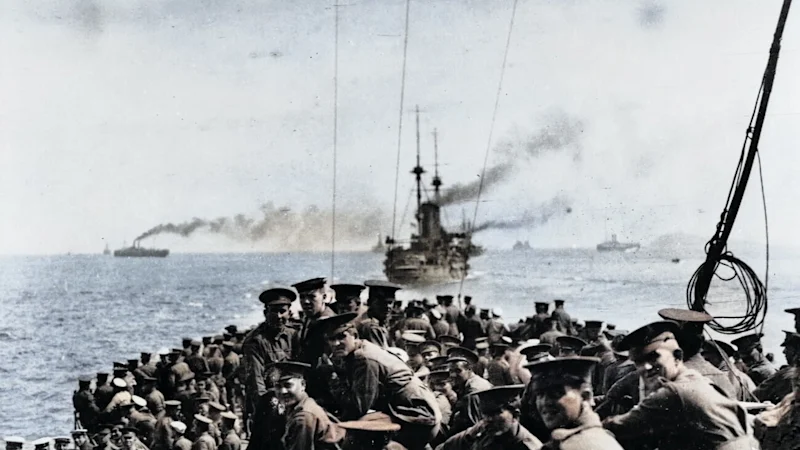We’re pleased to present this expert review of Ian Burns’ new book, Floatplanes Over the Desert. It comes from Dr Mesut Uyar, a leading authority on Ottoman and modern Turkish military history.
Currently a Professor of Military History at the University of New South Wales, Canberra, Dr Uyar combines deep academic knowledge with firsthand experience as a decorated military officer. He has authored key texts on the subject, such as The Ottoman Army and the First World War, and co-edited other major volumes, including The Routledge Handbook of Modern Turkish History.
His expertise is especially relevant for this review, as Floatplanes Over the Desert covers naval aviation on the Palestine Front. Professor Uyar’s forthcoming book, The Ottoman Army and the Gaza Battles, delves deep into this same theatre of war.
Here are Dr Uyar’s thoughts on the book:
According to the respected historian of early aviation R. D. Layman, the naval aviation of the First World War has not received the attention it certainly deserves. While he may have been right when he published his important book in 1996, that is no longer the case, and this handsomely produced volume is a testament to the vitality of recent literature on First World War naval aviation.
Floatplanes Over the Desert is a big book on a small but interesting aspect of the so-called ‘Oriental side show’—the Palestine Front during a global war. This book is clearly a labour of love. Burns, a retired aerospace engineer, has spent many years conducting research and collecting materials. After a lifetime of effort, he has put his findings into writing. Drawing on his unrivaled knowledge of the subject, he focuses not only on the Royal Naval Air Service (RNAS), as many others have, but also on the French Navy’s Aéronautique maritime, which played a crucial role, especially at the beginning of the war.
Although the book looks daunting in terms of its size (568 pages, 390 photos, and 12 maps), the text is easy to read, and the photos greatly bolster the pleasure of reading. The book comprises 18 chapters in addition to an introduction, an afterword, and 10 appendices. It has the characteristics of both a monograph and a specialised encyclopedia. As such, it can be read cover-to-cover, dipped into for a chapter of choice, or consulted for specific information. For example, the chapter about Castellorizo Island is a stand-alone work in itself. Furthermore, the book provides valuable context with information on smaller campaigns and minor fronts, including a much-needed background chapter on aviation in the Middle East.
Last but not least, the book is served well by the publisher. The Little Gully press did a terrific job in proofreading, formatting, and all the other publishing processes, a standard that many well-known publishers now struggle to meet due to subcontracting to India and China.
Overall, this is an excellent, well-crafted book that is thoroughly recommended.
Mesut Uyar
The University of New South Wales, Canberra, Australia
